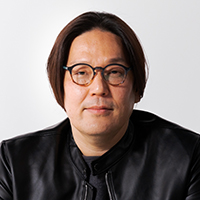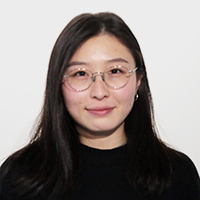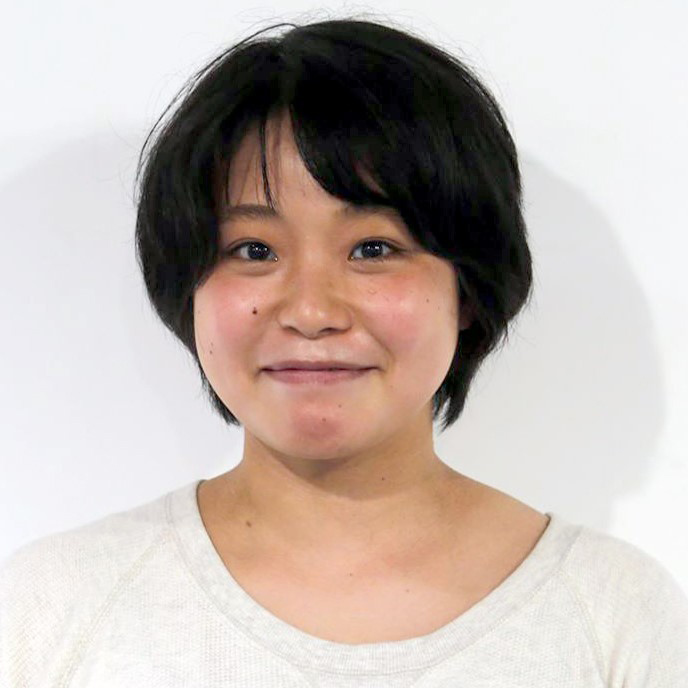Digital fabrication, education, and rockets - the development and new possibilities of design from various perspectives
Using IAMAS’ “innovation studio” facility, collaborations developed between the museum, and a graduate of our university in designing the learning environment. It used the study materials for the “junior space expert qualification course” directed towards children that is run by the Gifu-Kakamigahara Air and Space Museum.
We aimed to provide the kids with a learning environment that would increase their eagerness to learn. We worked on the development of teaching materials with the motif of this year’s theme “rocket” in mind during the full design of the course.
The resources developed:
- Logo mark
- Slides
- Worksheets
- Reflection sheets
- Passing certificate
- Planet / satellite stickers
- Certificate of course completion
How the course unfolded:
1. The course took the form of whilst looking at the slides, the museum’s displays and conducting experiments, the children would use the knowledge they learned and their experiment results to fill in the worksheet. Further, through filling in the reflection sheet at the end of the course, they could evaluate their endeavors and visualize their hard work.
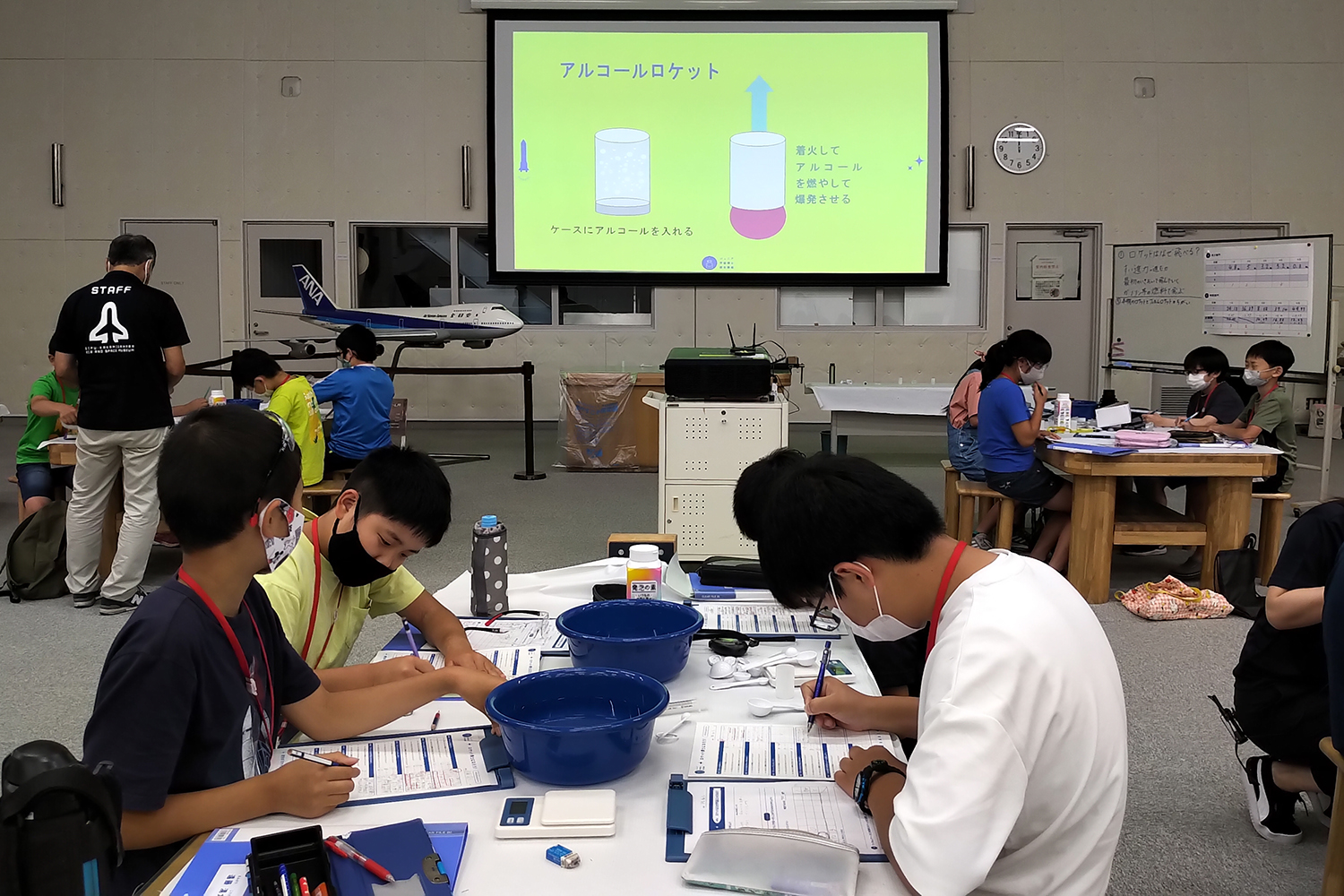
2. Concerning the worksheets and reflection sheets, the course staff would provide guidance to each desk whilst checking the contents. It also links with a self-evaluation by others by going around and sticking a planet or satellite stickers on the passing certificate.
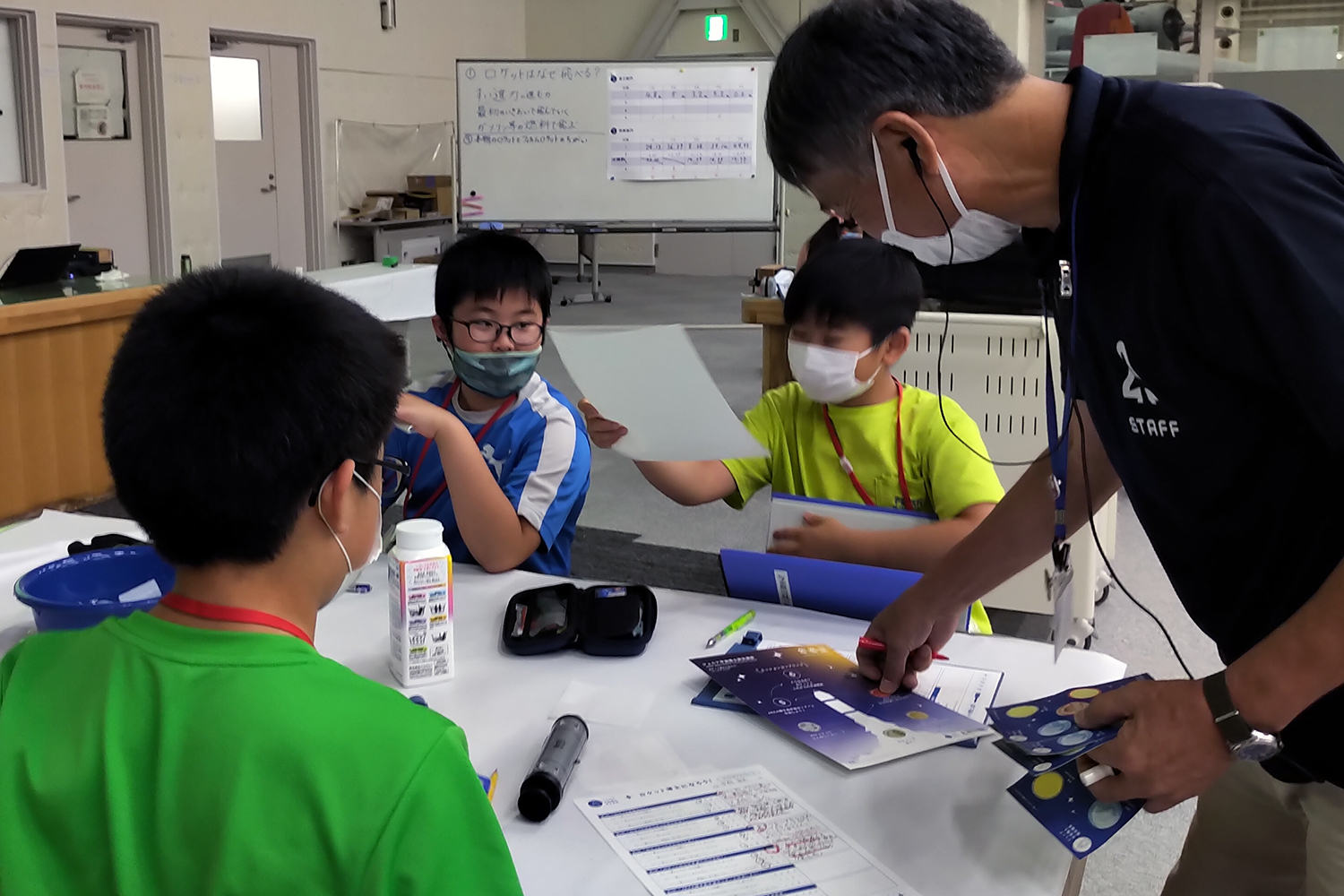
3. If the children could get the stickers for all 6 of the courses on the passing certificate , then they would be recognised as junior space experts, and would be conferred a completion certificate at the qualification ceremony. What they have written on the worksheets, reflection sheets, and the pass certificate was then enclosed in a file and they could take home as a product of their effort and success.
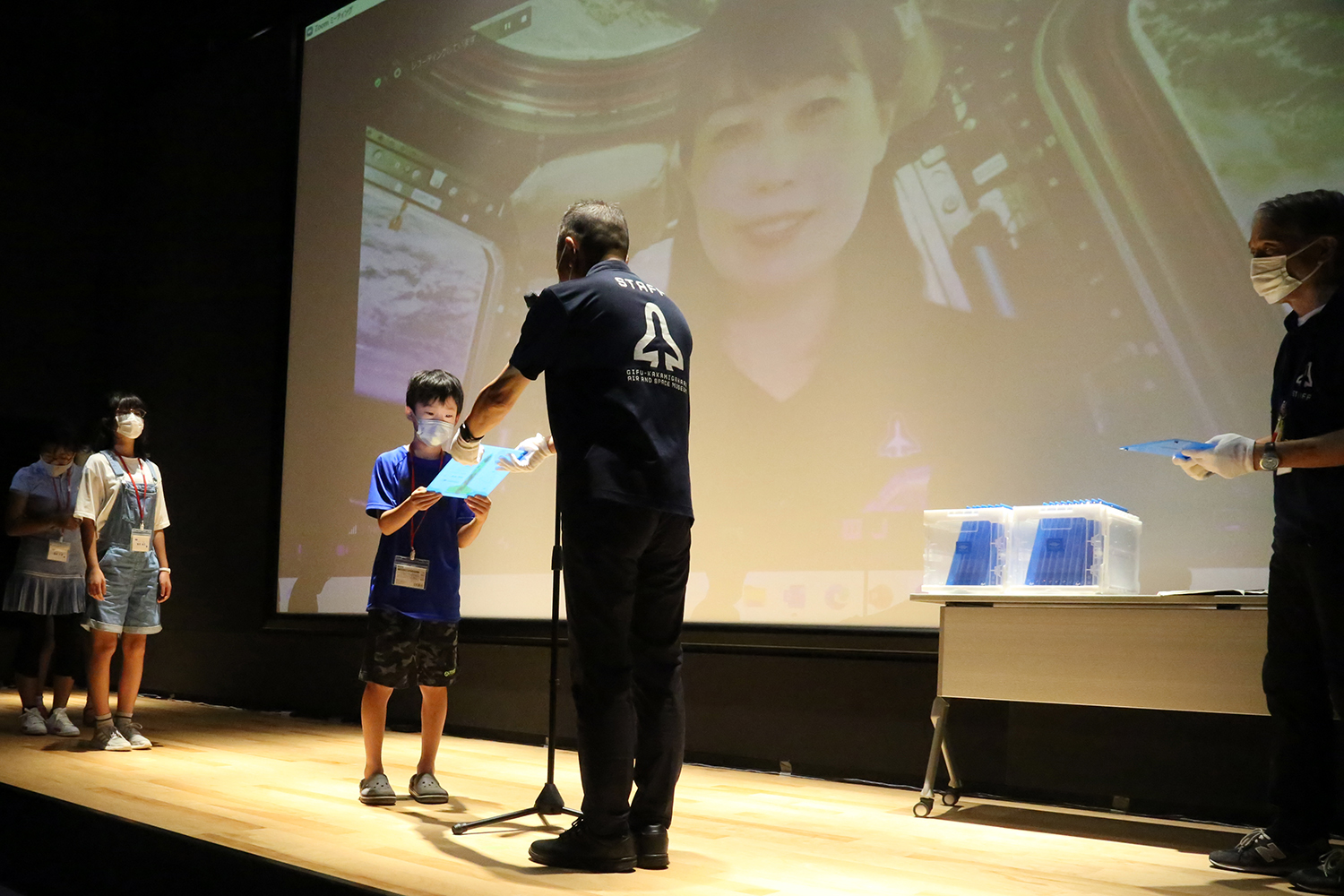
-
Collaborator
Gifu-Kakamigahara Air and Space Museum
-
Period of collaboration
2022.04 - 2022.11
Objective and Results
The Gifu-Kakamigahara Air and Space Museum saw the creations of IAMAS and had discussions with us about the creation of learning materials. In response to that, this collaboration began to be planned. The full design of the course was with the aim of increasing the participants eagerness to learn by providing an environment conducive to that, and it was also run with the other objective of examining the process and effectiveness of the practical research design. In order for the elementary school and middle school students to learn and gain that personal sense of accomplishment, the designers of the museum and the graduates of our university worked together to create the learning materials to be used for the six courses. The children who took the course and handled the learning materials expressed their high expectations for the course due to the well-designed teaching materials. By writing on the sheets their insights from every class they could recognize their progress and were able to witness themselves learning. From a design process perspective, we were able to gain knowledge through the development of the course over the six sessions regarding layout changes, based on the content of each session and formats that can be edited by third parties other than the designers, such as lecturers and museum staff.
The role of IAMAS
In this collaboration the role of our university was to manage the creation of the learning materials after meeting with the Gifu-Kakamigahara Air and Space Museum. Concerning the certificate of completion, based on the opinions of the museum, the designers created a draft design of the certificate, then in our university we proposed and made using the facilities in the “innovation studio” such as the laser cutter, vacuum forming machine, UV printer, etc. a certificate that was more three-dimensional and a device of sorts that the children could build up.
-
Venue
Gifu-Kakamigahara Air and Space Museum, IAMAS Innovation studio
-
Faculty in charge
-
Kyo Akabane
-
Yui Isawa
-
Hiroko Sasaki
-
運営
Operations
Design:
Chihiro Oyama (Graduate of IAMAS)
Creator:
Yui Isawa (RCIC)
Creation assistance:
Raku Asao (M1)
Kenji Monden (M1)
Kyo Akabane (Director of the RCIC / Professor at IAMAS)
Tatsunori Nakahata (Secreteriat)
Hiroko Sasaki (RCIC)
-
Schedule
2022.04 - Meeting
2022.05 - 08 - Development of learning materials, classes held
2022.11 - Exchange of opinions



